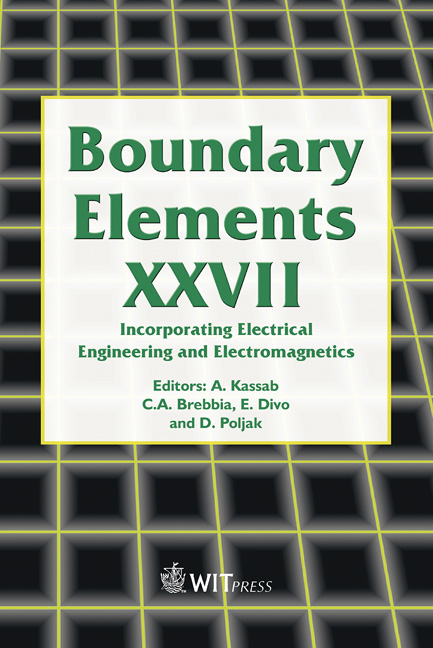Multi-level Boundary Element Methods
Price
Free (open access)
Transaction
Volume
39
Pages
10
Published
2005
Size
1,091 kb
Paper DOI
10.2495/BE050171
Copyright
WIT Press
Author(s)
G. F. Dargush & M. M. Grigoriev
Abstract
A new class of fast boundary element methods has been developed by the authors as an extension of the Brandt and Lubrecht multi-level multi-integration algorithm to mixed boundary value problems in irregular domains. Here, emphasis is placed on the presentation of three numerical examples, involving the potential Stokes and Helmholtz kernels. These model problems are intended to illuminate both the benefits and limitations of the resulting multi-level boundary element methods. 1 Introduction Standard boundary element techniques require two major steps to obtain a numerical solution, namely, forming a global boundary element matrix by integrating kernels over the boundary elements, and solving the matrix set itself. Let N represent the total number of boundary degrees of freedom in a typical problem. Then the former step is normally of order 2 ( ) O N operations, while the latter one requires 3 ( ) O N operations when using direct procedures based upon Gauss elimination. For relatively small N , traditional boundary element methods are fast and practical even on a single-processor workstation or a personal computer. However, due to the complexity of the standard algorithms, one finds that the performance of conventional boundary element formulations deteriorates quickly with problem size. Solutions for 5 10 N > become difficult, even on state-of-the-art supercomputers. On the other hand, many problems of practical importance require fine boundary element meshes leading to very large numbers of degrees of freedom.
Keywords





